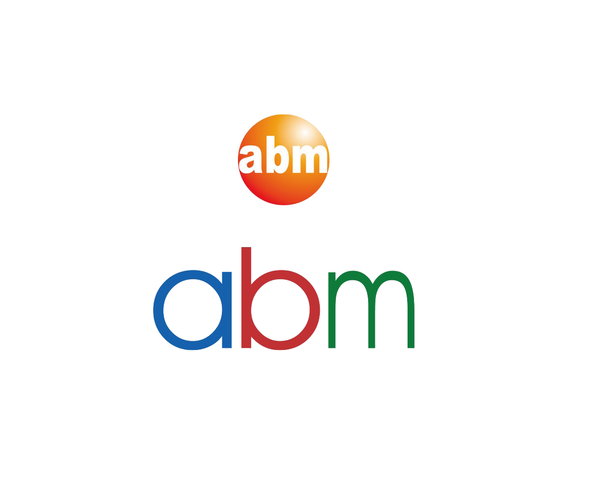Frequently bought together:
Description
abm | asCpf1 Nuclease NLS Protein | K188
Using Cpf1 (a.k.a. Cas12a) in your CRISPR experiment offers several advantages over other CRISPR-associated nucleases.
- Due to the T-rich PAM sequence (TTTN), Cpf1 enables editing in regions unable to be targeted by Cas9.
- Cpf1 can be used with a shorter guide RNA (called crRNA) than Cas9.
- Cpf1 creates a staggered cut in dsDNA instead of a blunt cut.
- Cpf1 cuts distal to the PAM sequence, which may allow for multiple rounds of cleavage.
-
asCpf1 is from the bacteria Acidaminococcus. This protein contains a SV40 T antigen nuclear localization signal (NLS) on the N-terminus of the protein. If the cut caused by asCpf1 is repaired by non-homologous end joining (NHEJ), an indel may be formed that disrupts the open reading frame of the targeted gene, leading to gene knockout. Alternatively, by supplying a repair template, a sequence can be knocked in at the cleavage site via homology directed repair (HDR).
Concentration:
10 μM, 1.5 mg/ml
Form:
Enzyme supplied with 10X Reaction Buffer.
Alternate Name:
Cas12a, asCas12a, Cpf1 from Acidaminococcus, Cas12a from Acidaminococcus
Reaction Buffer:
N/A
Reaction:
N/A
Notes:
This product is distributed for laboratory research only. Caution: Not for diagnostic use.
Application:
N/A
Components:
N/A
Inactivation:
N/A
Source:
E. coli
Shipping conditions:
Ice Packs
Storage conditions:
Store all components at -20°C.
Storag Buffer:
10 mM Tris-HCl (pH 7.4), 0.1 mM EDTA, 1 mM DTT, 300 mM NaCl, and 50% (v/v) Glycerol.






